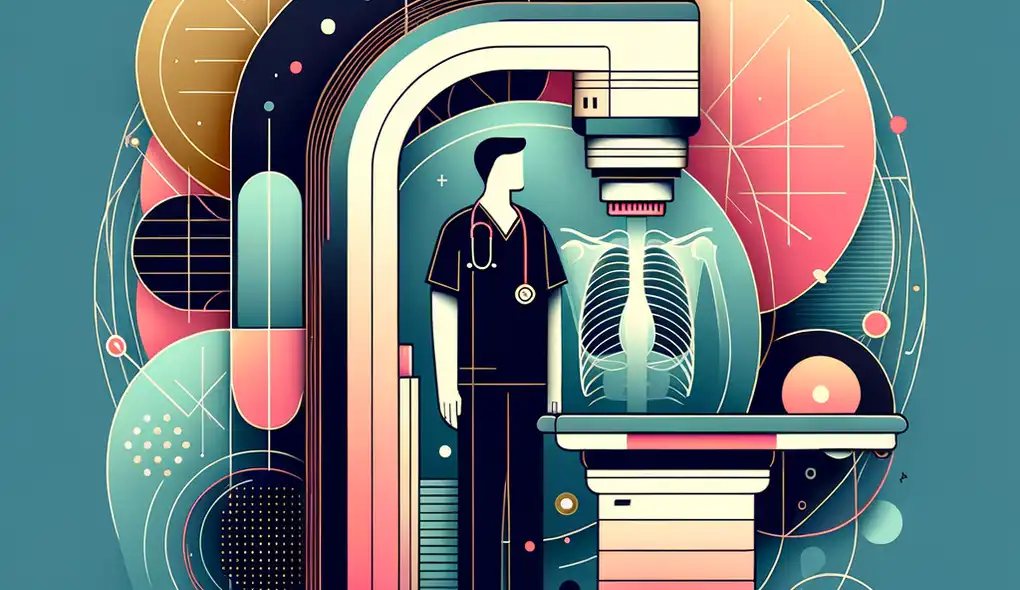How do you read and interpret technical manuals and schematics?
X-ray Equipment Specialist Interview Questions
Sample answer to the question
When reading and interpreting technical manuals and schematics, I follow a systematic approach. First, I carefully read the manual or schematic to understand the overall structure and components. Then, I identify key terms, symbols, and diagrams that are crucial for comprehension. Next, I break down complex information into smaller parts to grasp the details. I also take notes and highlight important sections. If I encounter any unfamiliar terminology or concepts, I conduct further research or refer to relevant resources. Additionally, I engage in hands-on practice to reinforce my understanding. It is important to stay organized and keep track of the information I learn for future reference.
A more solid answer
As an X-ray Equipment Specialist with in-depth knowledge of X-ray machinery and extensive experience in medical imaging departments, I have developed a strong ability to read and interpret technical manuals and schematics. To ensure comprehension, I carefully analyze the structure and components of the manual or schematic, paying close attention to key terms, symbols, and diagrams. I utilize my technical proficiency to understand the intricacies of X-ray machinery and diagnostic imaging systems. Furthermore, my experience working independently and as part of a healthcare team enables me to effectively interpret manuals and schematics within the context of healthcare safety standards. I have a problem-solving mindset, allowing me to troubleshoot any issues that may arise during interpretation. Overall, my combination of technical expertise and teamwork skills positions me well to navigate and understand technical manuals and schematics in the field of X-ray equipment maintenance.
Why this is a more solid answer:
The solid answer provides specific details about the candidate's knowledge, skills, and experience related to X-ray machinery and working in healthcare teams. It highlights the candidate's technical proficiency and problem-solving abilities. However, it could be further improved by mentioning specific examples or achievements in interpreting technical manuals and schematics.
An exceptional answer
In my role as an X-ray Equipment Specialist, I have successfully read and interpreted numerous technical manuals and schematics for a variety of X-ray equipment models. When approaching a manual or schematic, I first analyze the overall structure to gain a holistic understanding. Then, I methodically break down each section, carefully noting key terms, symbols, and diagrams. To ensure accuracy, I cross-reference the manual with the actual equipment, verifying connections and settings. Additionally, I utilize my strong analytical skills to identify potential issues or maintenance requirements based on the information provided. For complex systems, I have created simplified visual maps or flowcharts to enhance comprehension and facilitate troubleshooting. As a collaborative team member, I have also shared my expertise by conducting training sessions for medical staff on how to effectively interpret manuals and schematics. My comprehensive approach, attention to detail, and dedication to continuous learning have consistently enabled me to successfully navigate complex technical documentation.
Why this is an exceptional answer:
The exceptional answer demonstrates the candidate's extensive experience and expertise in reading and interpreting technical manuals and schematics. It includes specific examples of their analytical approach, verification methods, and their ability to simplify complex information. The mention of conducting training sessions highlights their contribution to knowledge sharing within the healthcare team. Overall, the answer showcases the candidate's exceptional skills and dedication in this area.
How to prepare for this question
- Familiarize yourself with the most commonly used symbols and terminology in technical manuals and schematics specific to X-ray machinery and diagnostic imaging systems.
- Stay updated with the latest advancements in X-ray technology and equipment, as this will enhance your understanding of the manuals and schematics.
- Practice reading and interpreting technical manuals and schematics by selecting a specific X-ray equipment model and going through the corresponding documentation.
- Seek opportunities to collaborate with experienced X-ray equipment specialists or radiologists to improve your interpretation skills and gain insights from their expertise.
- Develop a systematic approach to reading and interpreting technical manuals and schematics, such as creating a checklist or flowchart that suits your learning style and helps ensure nothing is missed.
- Take advantage of online resources and training materials, such as webinars or online tutorials, to further enhance your knowledge and skills in this area.
What interviewers are evaluating
- Technical proficiency with X-ray machinery and diagnostic imaging systems
- Ability to work independently and as part of a healthcare team
Related Interview Questions
More questions for X-ray Equipment Specialist interviews